Refine your movement intelligence and tap into the wisdom of your body.
In this course, you'll learn a holistic approach to understanding the human body. This facilitates a fuller understanding of your own complexities, insight into your relationships, and an ability to sense your connection with the much larger whole. Each session will include lecture and a movement practice. We'll explore the transformative power of the human body from several vantage points including human anatomy, biomechanics, yoga, somatics, systems thinking, quantum physics and string theory.
About Nichol
Nichol Chase is a teacher, musician, and yogi for whom singing and movement is integral to life. Nichol’s yoga practice is informed by a vast and eclectic set of influences that blend invigorating flow with precise and insightful instruction and extensive study with a variety of innovative teachers. She is a Garrison Institute Fellow and a faculty member and teacher trainer for The Mazé Method. Nichol’s artistic experience includes more than a decade of Royal Academy ballet training and specialization as an operatic Coloratura Soprano, earning the Bachelor of Music degree with a major in Vocal Performance from the University of the Pacific Conservatory of Music.

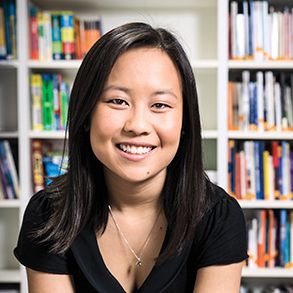
Megan Yee
Studying basic anatomy can be a tedious process, but Nichol managed to teach it in a more engaging way than many of my college professors. As a result, I retained more knowledge and actually enjoyed the process.
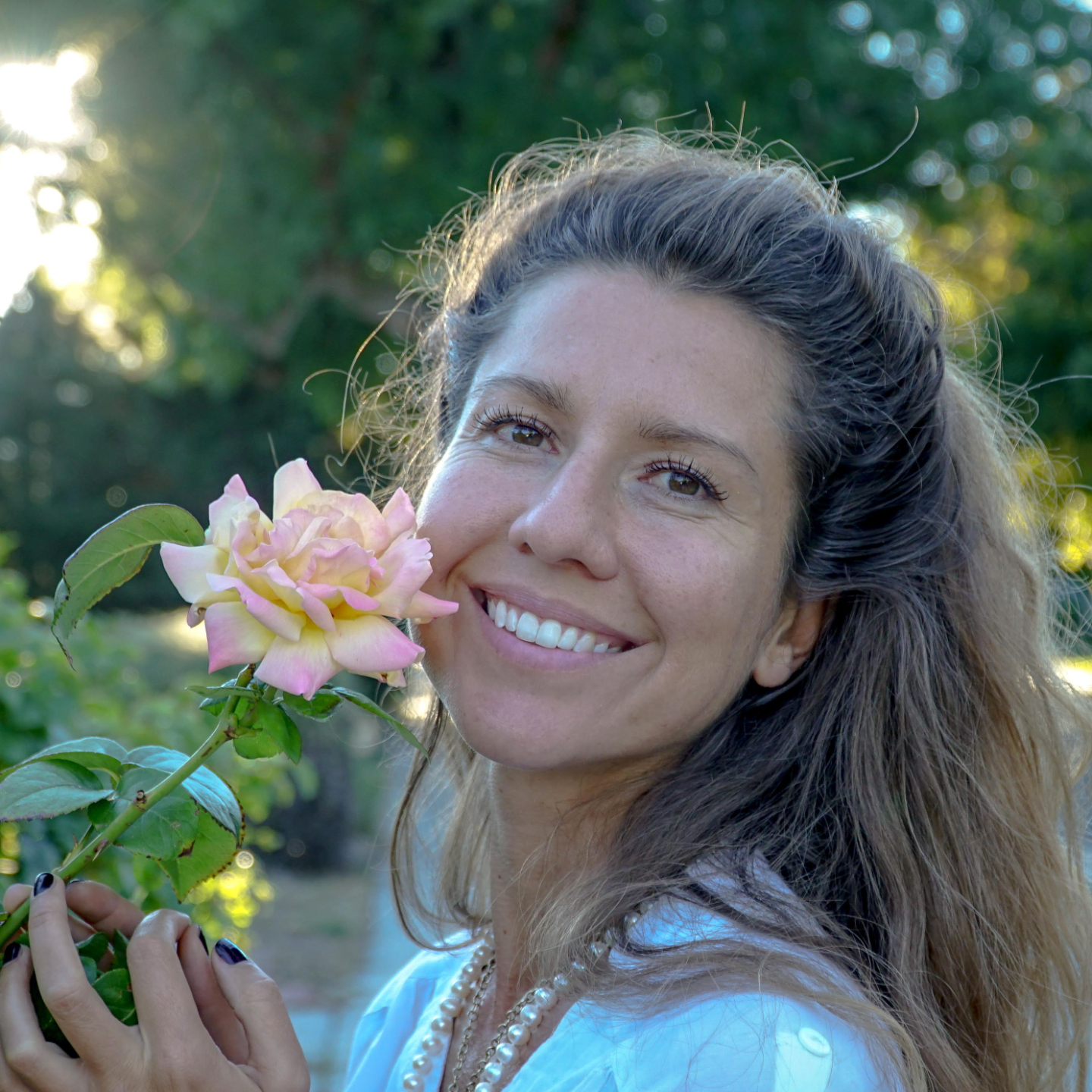
Natalie Teichmann
Nichol's classes are an exquisite blend of science, inspiration, creativity, structure, freedom and art. Nichol has a way of making each practice extremely accessible. Her style is rooted in science and a clear depth of knowledge in her field as well as a good dose of playfulness and lightheartedness.
Sheila Thorne
Nichol’s expertise in anatomy, dance and yoga are infused in her class that goes beyond flow and sweat; it’s working the breath with movement. It made sense that after 25 years of yoga practice, she was the one I chose to do teacher training with. I was in student bliss. All the styles I’d practice, the yoga sutras, anatomy, everything brought seamlessly together.
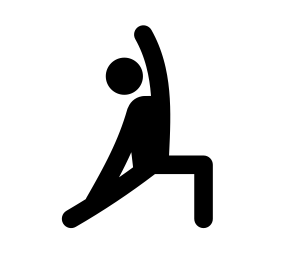
Session 1
In this first session, you’ll begin with a lecture to learn about the biomechanics and anatomy of movement with a full body overview. Then you’ll embody these concepts in a yoga and somatics practice.
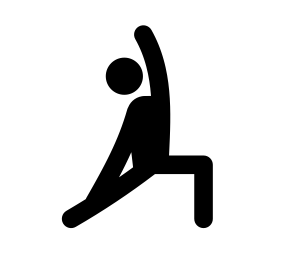
Session 2
In this second session, you’ll begin with a lecture to look at the anatomy of the body as a whole and focus on the main movers such as the torso, arms, and legs. After that comes a grounding practice to emphasize slow, mindful movement with long holds in shapes to illuminate anatomical structures in the body through yoga and somatics.
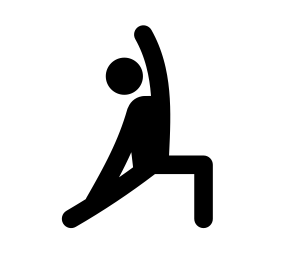
Session 3
In this third session, you’ll learn about systems thinking through the lens of Theory U and Social Presencing Theater with the aim of learning how to sense these systems with your body. Then you’ll apply this knowledge with a guided movement practice that taps into the wisdom of the body.
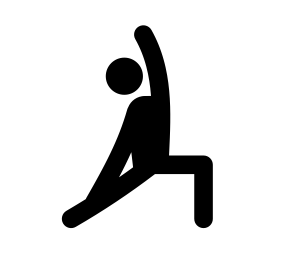
Session 4
In this fourth and concluding session, you’ll learn about the fascinating intersection of quantum physics, string theory, atoms, and biological processes. This is highlighted in the relationship and interconnectedness of the fabric of the cosmos and the fabric of our being. After the lecture comes a movement practice designed to feel and sense your connection with the cosmos through dynamic dance-like movement and vinyasa yoga.
The Wisdom Building Method in Action
The Wisdom Building Method programs will introduce you to a unique and powerful model of transformative change. Nichol developed this work during her time as a Garrison Institute Fellow. It is an evidence-based framework that guides individuals and groups through a process of developing inner wisdom through carefully curated practices within Movement, Music & Mindfulness.
AS A YOGA & MINDFULNESS EDUCATOR AND ARTIST, MY AIM IS TO GUIDE YOU TOWARD EMBODIED TRANSFORMATION THROUGH CREATIVE EXPRESSION
This is about all of us building wisdom and becoming resilient together. By engaging with individual, relational, and collective practices, we have the ability to gain insight, compassion and wisdom.
THE ESSENCE OF THE WBM PROCESS:
Learning Together - Noesis: Through lecture, journaling and sharing, you will learn about the myriad layers of identity, including who you are individually and how you belong to a greater whole. The learning components will draw upon Somatic Experiencing, Polyvagal Theory (SSP), and Interpersonal Neurobiology as well as human anatomy, biomechanics, yoga, somatics, musical expression, meditation, systems thinking, quantum physics, and string theory.
Practicing Together - Gnosis: Nichol will guide you through practices designed to give you a “felt sense” of what you learned – to embody the lessons through direct experience.
Curating Your Own Unique Practices: You’ll curate these practices using a 3-step process 1) SELECT, 2) COLLECT, 3) REFLECT. First, select the type of practice you would like to engage in based on your specific goals and values. Then, set the length of time and frequency for engaging in the practice. Second, collect or keep track of how it’s going in real time. Third, reflect or journal about how it went – did the plan work well or could it use some refinements? AND THEN REPEAT.
WHY WISDOM BUILDING?
Throughout millennia, some have described desirable human characteristics or gifts as immutable essences that are hard to train and require innate potential. In spite of this, empirical research has revealed that expert abilities, gifts or even wisdom are greatly influenced by the environment – which suggests that leaders are not born, they are also made. In the paper Wisdom and how to cultivate it, Igor Grossman suggests, “The emerging evidence begins to suggest that from a constructivist point of view, the potential for wise thinking emerged in the interaction of the person and their environment. It is up to us to realize this potential through the ways we view the self, the situation, and the world around us."
The Wisdom Building Method is based on the premise that contemplative practices help us to approach daily life with flexibility, adaptability and resilience. Contemplative practices within the categories of the 3Ms – MUSIC, MOVEMENT and MINDFULNESS – are the means by which we are able to make sense of our life experience, to bring us together and to gain wisdom. Through the 3Ms we can gain a WISE BODY, WISE MIND, AND WISE SPIRIT.

WBM-MOVEMENT IS THE FIRST OF 3 CONSECUTIVE COURSES
You can sign up for all 3 now to SAVE!
WBM-MOVEMENT PROGRAM DETAILS
DATES: April 4, 5, 11, 12
TIMES: 12-2pm PT
WBM-MUSIC PROGRAM DETAILS
DATES: May 8, 9, 10, 11
TIMES: 12-2pm PT
WBM-MINDFULNESS PROGRAM DETAILS
DATES: May 16, 17, 23, 24
TIMES: 12-2pm PT
SIGN UP FOR THE FULL WBM SERIES HERE
Who is this program designed for?
What are the dates, schedule and time commitment?
Do I need to attend live or am I able to watch recordings?
What are the homework requirements?
Do you offer scholarships?
How can I access the online course and recordings?
Will I receive a certificate?
Will Continuing Education Units (CEUs) be offered?
Refine your MOVEMENT intelligence and tap into the wisdom of your body.
In this course, you'll learn a holistic approach to understanding the human body. This facilitates a fuller understanding of your own complexities, insight into your relationships, and an ability to sense your connection with the much larger whole. Each session will include lecture and a movement practice. We'll explore the transformative power of the human body from several vantage points including human anatomy, biomechanics, yoga, somatics, systems thinking, quantum physics and string theory.
$108 USD
Sign up now for WBM - MOVEMENTTap into the wisdom of your body, mind and spirit with movement, music & mindfulness.
In this course series, you'll learn a holistic approach to understanding your whole self. The aim is to gain insight into your own complexities, your relationships, and sense your connection with the much larger whole. Each session will include lecture and experiential practice. We'll explore movement, music and mindfulness from several vantage points including human anatomy, biomechanics, yoga, somatics, musical expression, meditation, systems thinking, quantum physics and string theory.
